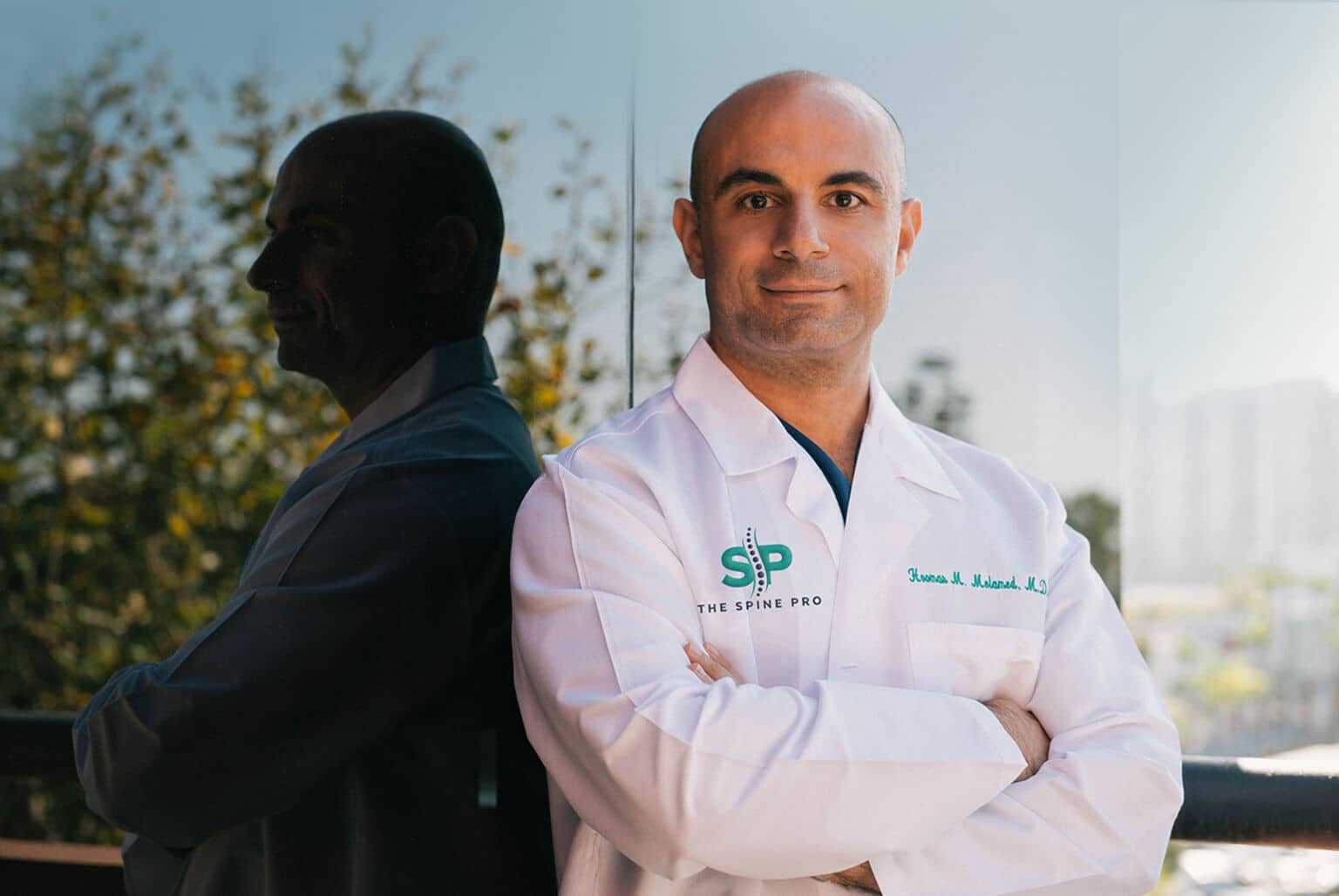Life After Fusion Back Surgery
Fusion back surgery involves connecting two or more vertebrae in your spine. There are many reasons that fusion back surgery may be performed. If Dr. Melamed has recommended spinal fusion surgery, you’re likely to have one of the following conditions:
- Broken vertebrae
- Scoliosis or kyphosis
- Weakness or instability in your spine
- Spondylolisthesis
- Herniated disc
Dr. Melamed may recommend fusion back surgery for other reasons as well, but those are the most common ones. It’s a generally safe procedure, but it also changes how your spine can move, and you may wonder how your life may be different after spinal fusion.
Symptom relief
If Dr. Melamed is recommending that you have fusion back surgery, there’s a high probability that you’ve been in a significant amount of pain for some time. The surgery should provide some relief from your symptoms. In cases of scoliosis, kyphosis, or other deformity, the surgery should correct your posture as well as relieve your symptoms.
The length of time you’ll need to recover depends on several factors, including your age, the reason you need surgery, and your overall health at the time of the procedure. Generally, younger people need four to six weeks at a minimum, while older people need about four to six months.
During the period immediately after surgery, you’ll probably be hospitalized for two or three days. Once you go home, you’re going to need to monitor the site of the surgery for signs of infection. Contact Dr. Melamed if you notice the following symptoms:
- Redness
- Tenderness
- Swelling
- Drainage from the wound
- A fever or chills
Physical therapy
After the initial healing period, you may need physical therapy to help you regain your muscle strength and to learn how your body moves differently. Most people need around three months of physical therapy. Dr. Melamed determines the appropriate pace of your physical therapy.
The goal is for you to live as comfortably as possible and to return to the activities you enjoyed before surgery. But it’s important to go at the right pace, so that you don’t end up re-injured.
You should also avoid lifting anything heavy during your period of recovery, so that you don’t compromise the surgery.
Living healthfully
After you’ve fully recovered, it’s important to live a healthy lifestyle. Eat a nutritious diet that nourishes your body, and do activities to support bone and joint health. Walking, tai chi, yoga, swimming, and many other physical activities are safe and can help you remain healthy.
You should discuss lifestyle changes that could help you stay healthy post-recovery with Dr. Melamed. You may not be able to participate in the same sports or activities you did prior to surgery, but it’s important to understand your specific situation.
Every person is unique
Although some things are common to most people who have fusion back surgery, such as the need to monitor for signs of infection immediately following surgery, every person is different. It may take you a little longer than average to heal, or you may heal a bit faster than most other people your age.
Some patients are able to return to intense physical activity after fully recovering, but for some people that’s not possible. When two or more vertebrae are fused together, it’s possible that the vertebrae on either side will be somewhat weakened — and that’s only one of several possibilities that could limit what you’re able to do after your surgery.
Be assured that Dr. Melamed works with you to maximize your activity level and your quality of life after your spinal fusion surgery.






